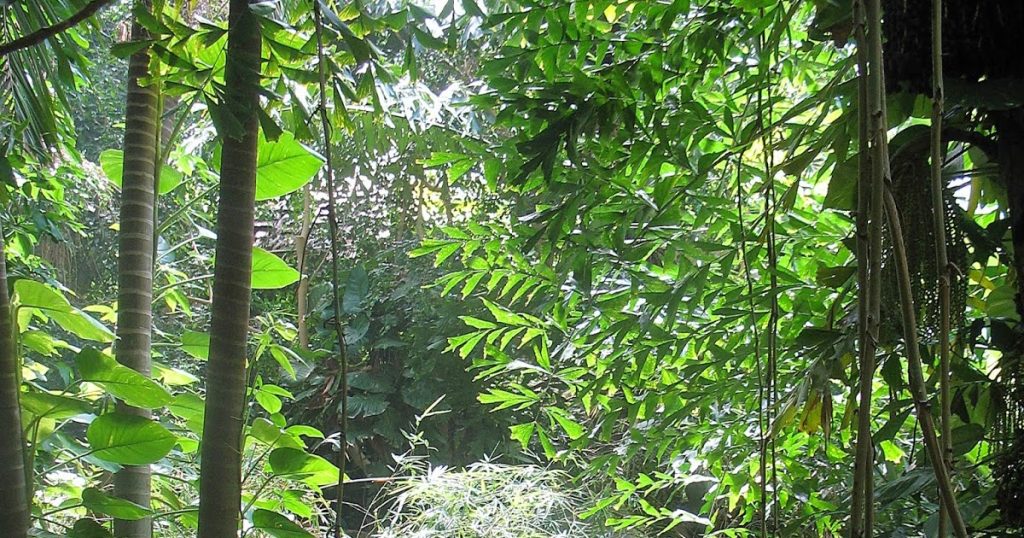Reduce Footprints: Change The World Wednesday (#CTWW)
6 min read
Wondering how to live greener? You’ve come to the right place. Each week we challenge ourselves to try a new task … or “amp up” something we’re already doing. We raise our awareness, learn from each other and develop Eco-friendly skills which will improve our lives and protect our planet. Doing so together gives us power … the power to Change The World!
If this is your first visit, please click HERE for information and a complete list of all the challenges we’ve taken on so far.
This post contains great information and I encourage you to read through it at your leisure … however, if you are short on time, you might find the following quick links helpful:
Last week’s challenge was one of my favorites … adding house plants to our indoor environment. Plants offer us so much … they are beautiful, calming, and clean our air. While I don’t use chemicals in my home, I learned something interesting this week … citrus oils can contain approximately 90% limonene. Limonene is a terpene and terpenes react with ozone to form formaldehyde and other micro-particle pollutants. This seems more likely to happen during the warmer months. So, for those of us who like to add citrus essential oils to our cleaning solutions, it is possible that the oils may encourage the formation of toxins in our homes. This isn’t something to be overly concerned about, especially since we probably use relatively low amounts of the oils. That said, it’s a good practice to always open the windows when cleaning and add house plants to our homes.
The Honor Society are those people who help us spread the “green” word by writing an article about our challenges and/or leaving pertinent comments.
Lady JC joined us and shared this: “I have Mother in Law’s tongue in our bedroom and I think I’ll get a second air cleaning plant for the kitchen, which can produce harmful pollutants when cooking with gas. Thank you so much for the other plant suggestions. I didn’t know about the Arecas or ferns! 🙂 “
Even though Marla has house plants, she’s ready to accept the challenge. Here are her comments: “I have about 4 spider plants in my home, 1 large piece lily, and a number of ivy plants, 2 aloe vera plants (which are also on NASA list as an air purifier). Gerber Daisy plants are a good air purifier but I don’t have one but have wanted to buy one – so I will do that. Plants are also great to help your mood especially in the winter when the winter blues hit.”
Andie stopped by and said this: “I used to have dozens of house plants before I had my own outdoor garden, but not for a number of years. Now I am inspired to fill my home with greenery again!”
Winsford Gardens brought us some interesting information: “A paper published last year in the Journal of Experimental Psychology: Applied, [Vol 20(3), Sep 2014] concluded that employees were 15% more productive when workplaces are filled with just a few houseplants. 15% more productive employees is something that managers can only dream of. The devise bonuses, employee incentives, benefits, rewards, perks and motivational programs to increase productivity when all they really needed to do was to buy a few indoor plants!!!”
cstocks shared some information which is valuable to people suffering with asthma: “Great inspiration for just feeling good. I had been told a long time ago that spider plants are good for asthmatics. When my son had respiratory problems, and lived back east, they were nearly mandatory in the house. They’re harder to grow here–inside or out–in the desert southwest. Yet, I try. It’s the time of year that I move the houseplants out to our patio spaces, but I have a sansevieria in the bedroom, always–it grows under just about any condition. I’ll get another! Or something else. I’ll never argue with an excuse to “have” to buy a plant! What fun! And I’ve been rooting cuttings of coleus. It’s great to have a plant and they are so colorful.”
Does Morag have a quest for us? She sure does: “As one of our World Changers said when he completed our “CATCHING FREE RADICAL” challenge it’s wonderful that plants beat chemicals when it comes to air quality. If you have done this #ctww then you have also done level 1 of this quest: http://worldchanging.me/building/catching-free-radicals/level-1. The second and third levels? To propagate more and then give them away! Go on – I know you know someone or somewhere (an office perhaps) that could do with more plants 🙂 “
Alicia stopped by and shared this: “We have a five foot Ming Aralia and a seven foot ficus tree. Not only are they pretty but I know that they are helping our air quality. We had a really nice Phoenix Robellini palm that didn’t do well inside winter before last. They are usually pretty hearty so I’m not sure what happened, After reading this I am sure ready for us to get a few more palms to have inside!”
Our Twitter friend, @GreenGymPenge, joined the conversation and shared the following:
-Plants in offices increase happiness and productivity http://t.co/uK0WIcaGWX via @shivmalik
The #CTWW Gang are those folks who tweet our challenges using the hashtag #CTWW. If you’re a Twitter member, I recommend following them … they share great things. Let’s meet them:
My Final Thoughts:
Adding a house plant to our indoor environment is an easy, effective way to clean our air. While one can spend a lot of money at a nursery, it isn’t necessary. Plants can be propagated from cuttings, started from seeds, or shared from a mother plant which produces offspring. So ask a friend, or share with a friend. It’s a fun way to ensure that we all improve the quality of our air.
Thanks, everyone! If you wrote an article, I Stumbled, Tweeted, Facebooked and posted it on Google +. You can help spread the “green” word by using the share features located below this post.
May’s theme is: Clean Air
| Rainforests improve global air quality |
Trees absorb carbon dioxide (CO2), using it for plant structure and function. They then return oxygen to the environment.
Unfortunately, forests throughout the world are in jeopardy.
Farmers are slashing and burning forests to grow lucrative crops like soy or to graze herds of beef. The slash and burn process not only removes oxygen-producing trees, but further contaminates the air when the stored CO2 is released. Smoke from fires also pollutes the air.
Areas, rich in gold, copper, and aluminum, are being cleared for mining.
Old-growth timber and rare hardwoods are being harvested for the manufacture of furniture.
Here’s your challenge …
This week, avoid products which contribute to deforestation such as palm oil, non-organic soy, and beef. Read labels to ensure that these products are not in the food you purchase. Avoid virgin paper products and opt for products with 100% post consumer recycled content … or better yet, go paperless. If you’re planning to buy furniture, consider pieces made from rubber, bamboo, or recycled materials rather than wood … or buy used items. Avoid any products containing gold, copper, or aluminum.
Are you ready to protect forests? I know that you are!
Until next time …
WE’RE CHANGING THE WORLD … ONE CHALLENGE AT A TIME!




